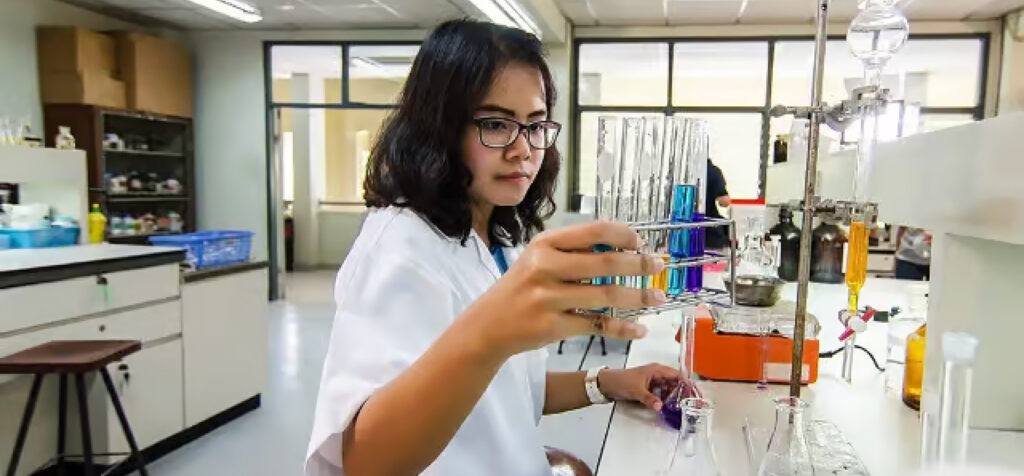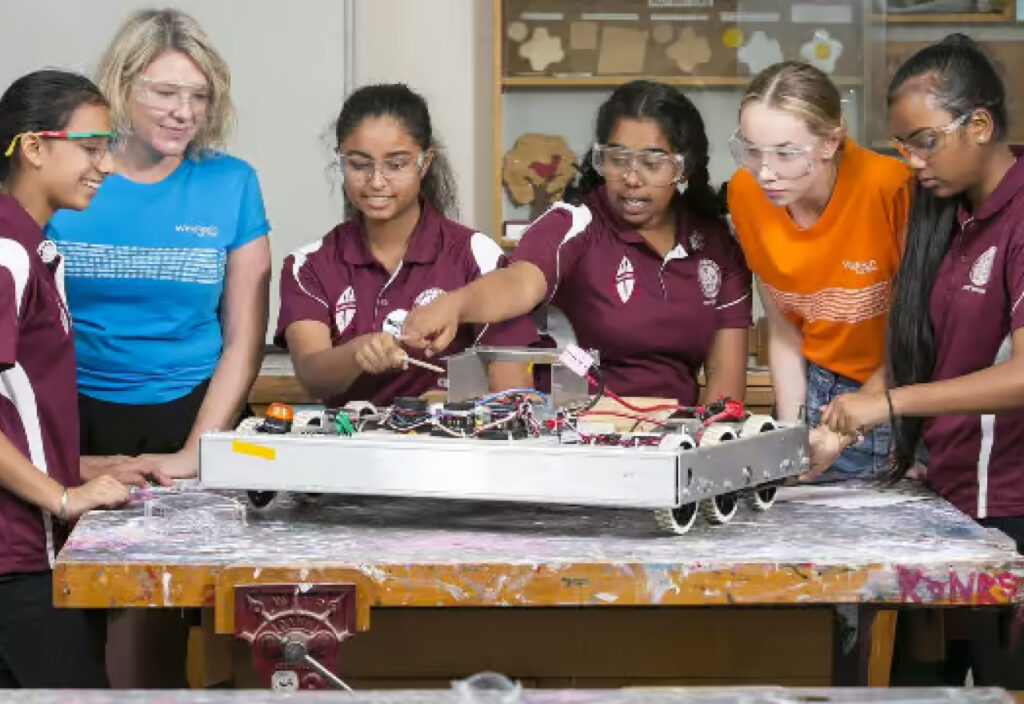
Opinion: Five factors that will hold back diversity in STEM in the future, and how to overcome them
Australian science has a problem with gender equity – and it’s been evident for a while. For decades, efforts have existed to try to bring some balance to the STEM research fields and industries in Australia.
Yet 25 years after the Federal Minister for Science established the Women in Science, Engineering and Technology (WISET) advisory group, women (and in particular women of colour) in STEM fields continue to encounter bias and roadblocks.
Under-represented groups that are linguistically, racially, and ethnically diverse, face the challenges of the ongoing wage gap, unconscious biases that lead to discrimination and harassment. The failure to nurture a diverse workforce in STEM limits the economic participation of large amounts of the community, contributing to social inequity.
A STEM sector that locks women and underrepresented groups out is bad for the economy.
Here are what we see as the top 5 factors:
1.Outdated Gender Expectations Continue To Drive Behaviour
The Australian population consists of 50.7% women, however only 16% manage to enter the STEM skilled workforce.
This STEM gender gap first becomes measurable in the middle of secondary school when students start to choose their areas of study. In the final years of secondary school, young men are choosing to study advanced and intermediate mathematics, physics, and chemistry at much higher rates than young women.
And those early choices may have flow-on effects. In general, maths and science studies lead to occupations such as engineering, physics, data science and computer programming, which are in great demand and generally pay a high salary. So turning away from STEM, and these subjects within STEM may have a long lasting impact on girls’ life earnings – which may be reflected in the 23.7% gap in pay for women.
However, there is little academic reason for this difference. A study of 1.6 million grades shows little gender difference in mathematics and science abilities at school. Additionally, according to the University of South Australia (UniSA), of the 81 girls involved in the 2018 STEM Girls program, 84% have applied to a university program, with 72% of those students undertaking a STEM-related course. But again, these choices are not necessarily in those mathematics and physics-led fields. Allied health studies are a clear favourite, with half of the girls pursuing STEM courses in the medical field.
“It is not high standards keeping women out of science and engineering but the weight of expectation – the expectation that they should be doing something else,” says science journalist Angela Saini.
“Combined with sexism, harassment and a lack of family-friendly work policies, it’s small surprise that you see fewer women as you go up the scientific hierarchy.” Outdated expectations of young women by peers, parents and professionals in the sector need to change.
2. Not All Gender Equity Programs Are Effective
One of the challenges facing gender equity programs is retention – of the UniSA STEM Girls group, while most elected to study STEM-related courses at university, many don’t end up carrying the careers forward. According to UTS’s Director of Women in Technology Arti Agarwal, “We (women) ride in cars, we use public transport, we do all kinds of things. If they are only being designed and engineered by one gender, then the requirements and needs of the other gender can get missed a bit.” Dr Agarwal says female participation in some UTS engineering programs, such as mechanics and mechatronics – was as low as four per cent, leading to a heavily male-dominated workforce. The faculty’s research also found that incentivising some engineering courses by providing bonus entry points could boost female enrolments by more than 10 per cent.
“The decision would not lower the quality of the graduates,” she says. “I really cannot stress this enough – we are not taking people who don’t deserve to be here.”

Preeti Bajaj, CEO of Clipsal Solar, adds that “the focus on ‘Women In Engineering’ is gaining momentum. There is a spotlight on it and all of us who have roles where we can influence and the ability to make a difference have a responsibility to speak up in favour of this change. Women in leadership in Engineering have to consciously pay it forward – that is how change is executed.”
Franklin Women founder Melina Georgousakis says that solutions need to be more nuanced.
“Although women are under-represented across all of the science disciplines, there are nuances specific to each of the disciplines which means solutions need to be tailored. For example, in the health and medical research sector where Franklin Women mostly works, women actually outnumber men early in the career path.
“However, the proportion of women decreases with increasing career level.
“On the other hand – in Engineering, women are poorly represented at career entry as well. So work needs to be done at both ends.”
Tailoring gender equity programs like this can be really effective at overcoming women’s participation. The additional challenge is then evaluating the programs properly – something that has traditionally been lacking.
“Many gender equity programs in STEM lack performance data and formal evaluation, making it difficult to know which work and which should be scaled up,” write the authors of the Women in STEM Decadal plan.
3. Inclusion Has To Be More Than Tokenism
It is generally accepted that socially diverse groups are better at solving problems. Bringing together different perspectives that allow deeper discussions, and information from a range of different sources more diverse groups allow a fuller-picture to be created towards solving challenges. But the benefits of diversity are only realised if people are heard.
This occurs in all settings, not just STEM. Former Foreign Minister Julie Bishop detailed this exact experience within government in an interview with Andrew Denton. “If I spoke in a room of 20 men, if I would put forward my idea, there was sort of silence and then somebody would say precisely what I said or come up with precisely the same idea. And then they’d all say, ‘Oh that’s a great idea. Why don’t we do that?’”
Bishop describes the phenomenon as “gender deafness”.
And that, is a key hurdle holding back success, says the City of Sydney’s Diversity and Workforce Planning Advisor Harleen Oberoi. “It’s not just about hiring women or complying with the management assigned quotas for the sake of tokenism, It’s about giving the greatest possible opportunity to realise their individual potential and to gain equitable access.”
“Organisations need to ask themselves if it is ‘tokenism’ or do they actually want to embrace diversity.”
Clipsal Solar’s Bajaj also looks towards a future where gender diversity is a natural occurrence. “I look forward to a day when I walk into the board room and it is a moot-point whether there should be a 50/50 split in gender. It just is. I look forward to an Australia where women are greater than 14% in line leadership roles – I look forward to a day when the issue of role modelling based on gender is obsolete. That would mean – we have delivered on the vision of Equality of Opportunity.”
4. A Workforce Of The Future Designed For Just A Few
Currently, 18% of workers have a serious chance of losing their jobs because of technology. 70% are training for a job that may be replaced by automation. And in the future, it is expected that Australian workers will spend 77% more time using science and maths skills.
There are already major skill shortages in STEM sectors including geology, geophysics, mechanical engineering, civil engineering, aeronautical engineering, agricultural science, and architecture. The skill sets required for these careers will become more important in the careers of tomorrow – therefore groups that are underrepresented now will continue to face disadvantage in the future.
5. The COVID-19 Pandemic Is Putting Women’s Advancement At Risk

The movement towards including more women in STEM is in danger of losing ground with COVID-19 exacerbating existing inequities, and reinforcing existing gender imbalances in workforces around the world. As a result of the pandemic, women working in STEM fields are more likely than their male counterparts to have lost their jobs, working hours or career opportunities as a result of the pandemic.
Career disruption for raising children already accounts for a 17% loss in lifetime wages for women during ‘non-pandemic’ times, says the Diversity Council, and this extraordinary period is expected to contribute further to a negative impact on the challenges faced by professional women in STEM.
As evidenced by a slowing of publications on preprint servers has slowed during the COVID -19 pandemic, women are getting less research done as compared to their male counterparts during the pandemic.
“During times of economic downturn, programs and initiatives that have unfortunately been seen as ‘nice to have’ rather than essential tend to get dropped”, says Kylie Walker.
“There is a strong business case for gender equity. Diversity in workplaces drives innovation, creativity, relevance to consumers and community and better bottom lines. We’ve made significant strides in promoting women in STEM, let’s not allow it to be another victim of COVID-19,” writes Professor Billie Bonevski, Chair of University of Newcastle’s Women in Science.
It is frustrating to be continuing 30-year-old discussions about diversity and inclusion in STEM fields to see things at risk of becoming even worse.
If we are to change the conversation, we must change the cultural and the structural barriers that limit women’s participation – and the participation of other under-represented groups.
One simple way is to increase the visibility of women and people of colour quoted in the media as experts. It seems minor but contributes to changing outdated gendered community attitudes. This visibility also encourages younger generations that they do belong in these fields.
Insisting upon quotas for boards for public companies and public service leadership teams isn’t tokenism, but ensures the best candidates are being looked at without bias. This extends to representation in the supply chain to influence change in research organisations and the private sector.
Establishing processes for regulation that consider the impact of new technologies and innovation on women and people of colour will be vital. Communities must be included in decision-making and governance as we move into the future.
Providing free childcare is extremely powerful to minimise barriers to women’s participation in the workforce generally.
It’s also vital that discriminatory and predatory behaviour is called out and acted on fairly and swiftly.
Additionally, the Australian Academy of Science’s Women in STEM Decadal Plan provides a number of good solutions focused on STEM fields and industries, as does The GiST. But without broader cultural and structural change we will still be having the same conversations in 2030. Without change, we will have wasted the opportunity to create inclusive, innovative and above all prosperous futures for Australia.
This article was written by Astha Singh, a mentor for OnPrime, the CSIROs innovation program and the President of Australian Science Communicators, NSW, and Kristin Alford, Director of MOD.
